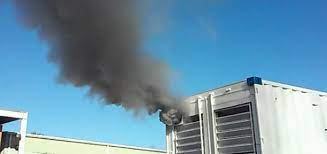
Walden Employees Obtain USEPA Method 9 Air Opacity of Visible Emissions Certification
On March 16, four Walden employees were certified in the United States Environmental Protection Agency (USEPA) Method 9 Air Opacity of Visible Emissions. New employees, Cari Covell and Ritu Chaugule, were obtaining the certification for the first time while Walden...
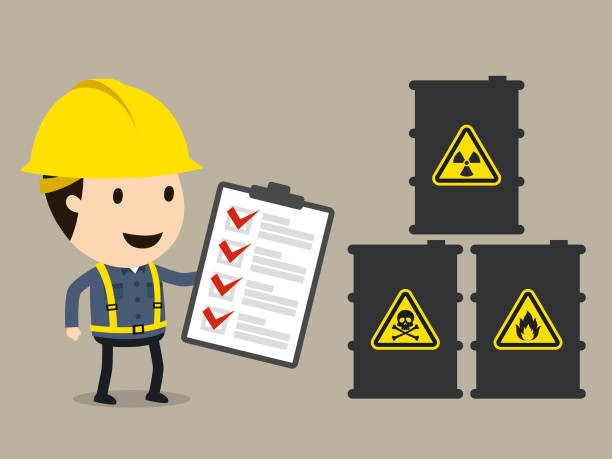
Right-to-Know Filing is Due by March 1st
FRIENDLY REMINDER! It’s time to file New York City (NYC) Department of Environmental Protection (DEP) Community Right to Know (RTK) annual Tier II reports. If you have a facility in NYC storing, handling or using hazardous substances or chemicals, make sure you file...
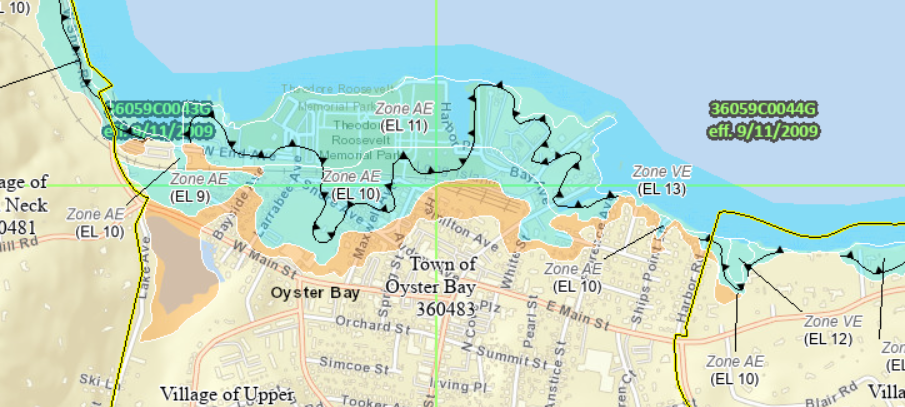
Increased Flood Insurance Rates for Property Owners
For most Long Island homeowners living in flood zones, recent updates to the Federal Flood Insurance Program have dramatically increased flood insurance rates. The revised program has been developed over a number of years, but officially went into effect in October...
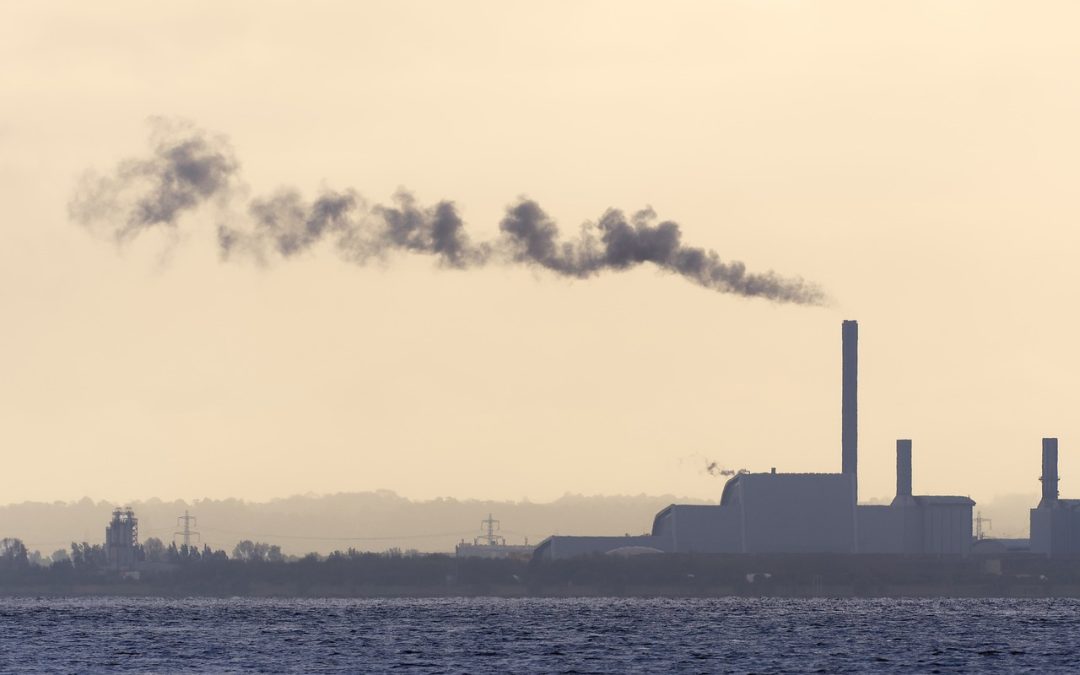
NYSDEC Explains CLCPA with New Policy, DAR-21
On December 8, 2021, the New York State Department of Environmental Conservation (NYSDEC) proposed policy document DAR-21, titled “The Climate Leadership and Community Protection Act (CLCPA) and Air Permit Applications.” This policy outlines the requirements for CLCPA...
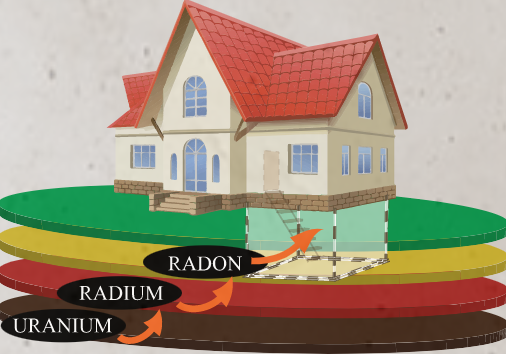
Protect Your Family, Schools and Businesses from Radon
Radon is a gas that is colorless, odorless, tasteless, and radioactive. This gas is found in soil and rocks and produced from the decay of naturally occurring uranium. The American Lung Association states that indoor radon is the second leading cause of lung cancer in...
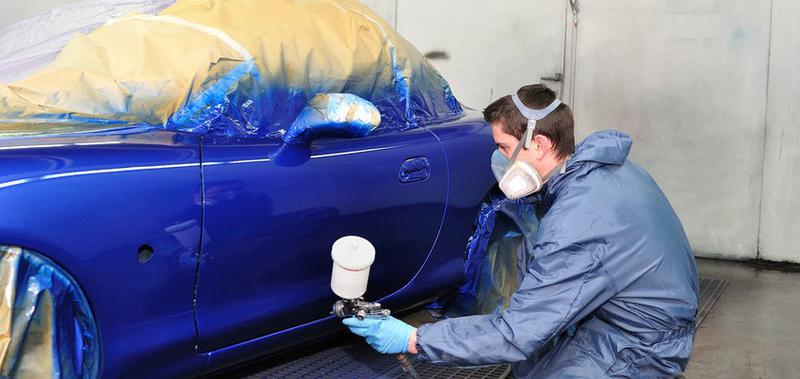
Giving Your Spray Booth Space
If your facility has a spray booth, it is important that you provide adequate clearance around it to ensure you’re in compliance with OSHA regulations. In most cases, that means that “each spray booth shall be separated from other operations by not less than 3 feet,...
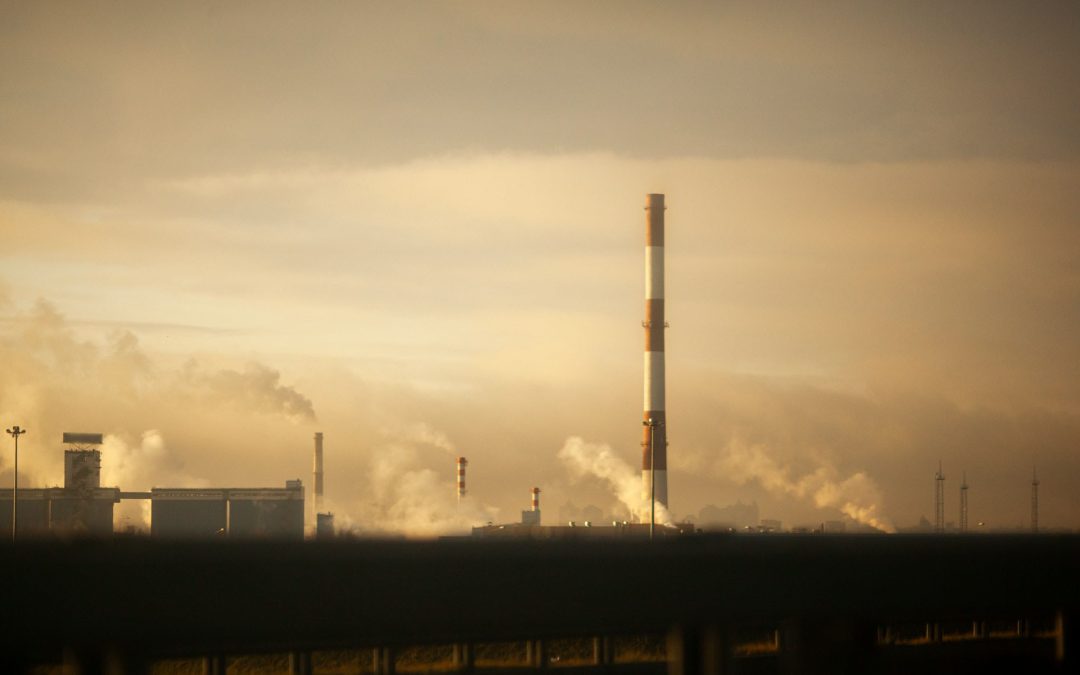
NYSDEC Is Proposing to Amend DAR-1 Policy for Implementing Part 212
The New York State Department of Environmental Conservation (NYSDEC) is proposing to revise the guidelines for Part 212 to improve the clarity of its requirements. What do the guidelines implicate? The document issued by NYSDEC outlines the procedures for evaluating...
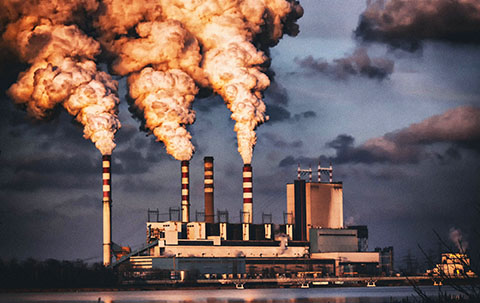
How Will the Recent Revisions to 6 NYCRR Subpart 202-2 Affect Your Facility?
Facilities that are classified as “major facilities” per 6 NYCRR 201-2.1 (Subpart 201-2) are subject to Title V permit requirements. Under 6 NYCRR 202-2 (Subpart 202-2), all facilities must provide an annual emissions statement, which is a quantitative summary of air...

CONTROLLING THE AIR QUALITY IN YOUR FACILITY: Meeting Permitting and Recordkeeping Requirements
State and local regulations govern the permissible levels of certain emissions. Those requirements dictate when a facility owner needs a permit. Permits and registrations are legal documents that facility owners and operators must follow. Air permitting requirements...
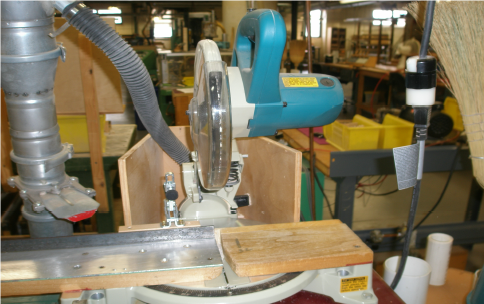
Controlling the Air Quality in your Facility: How to Ensure You’re Meeting Applicable Requirements
There are a few primary instances when manufacturers should test their air quality: upon setting up a new operation or piece of equipment, to identify the source of any potential exposures to hazardous material, and to confirm that operations all meet regulatory...
